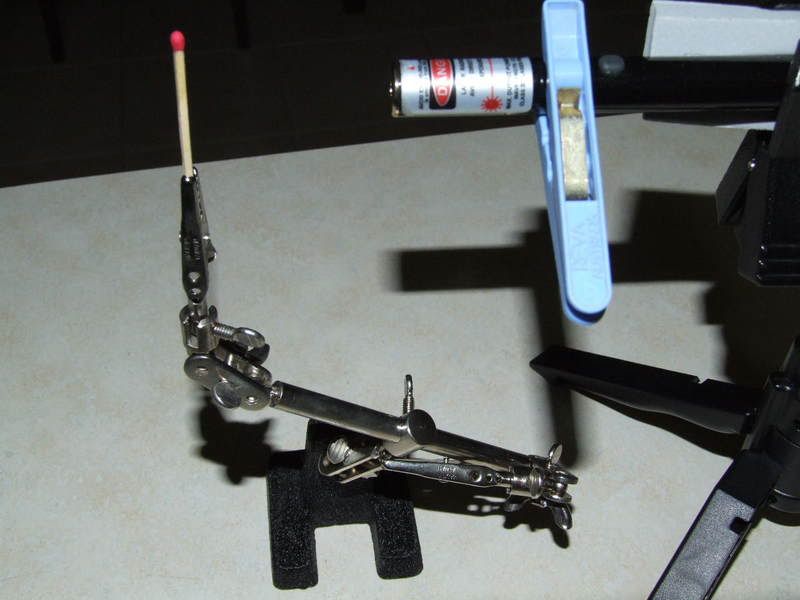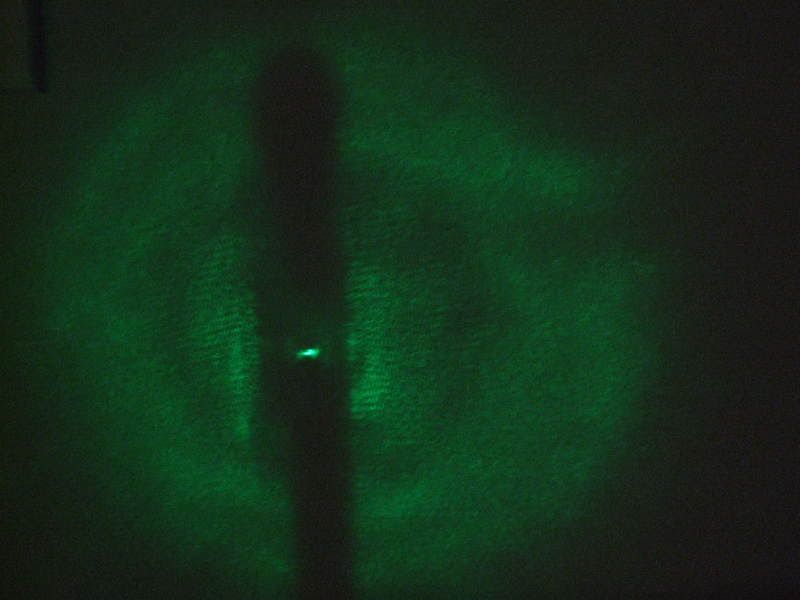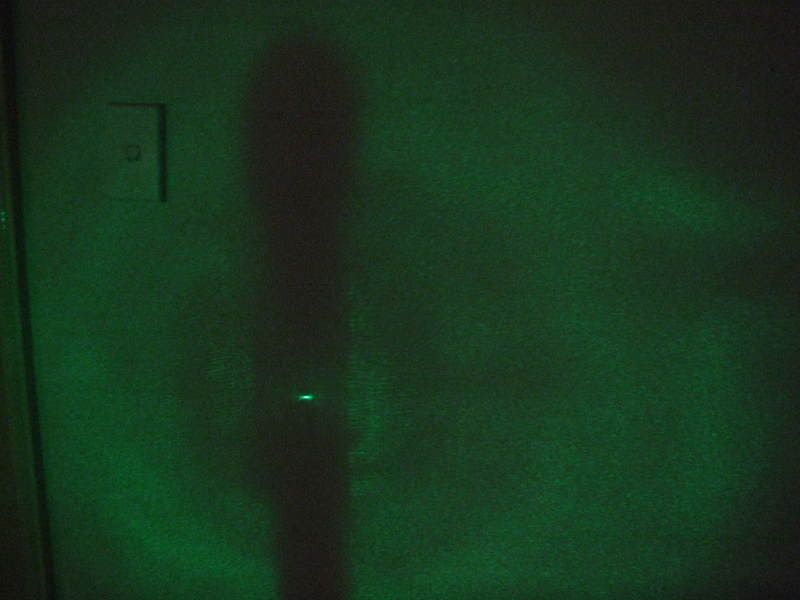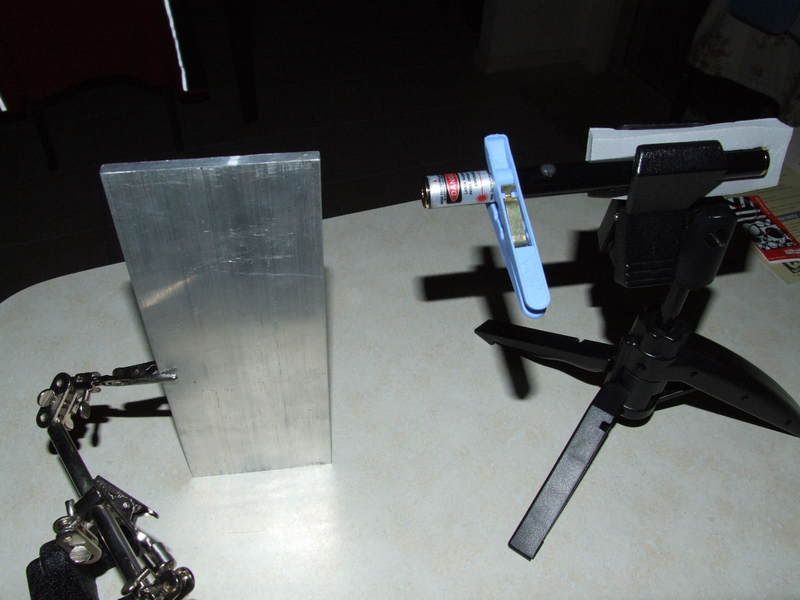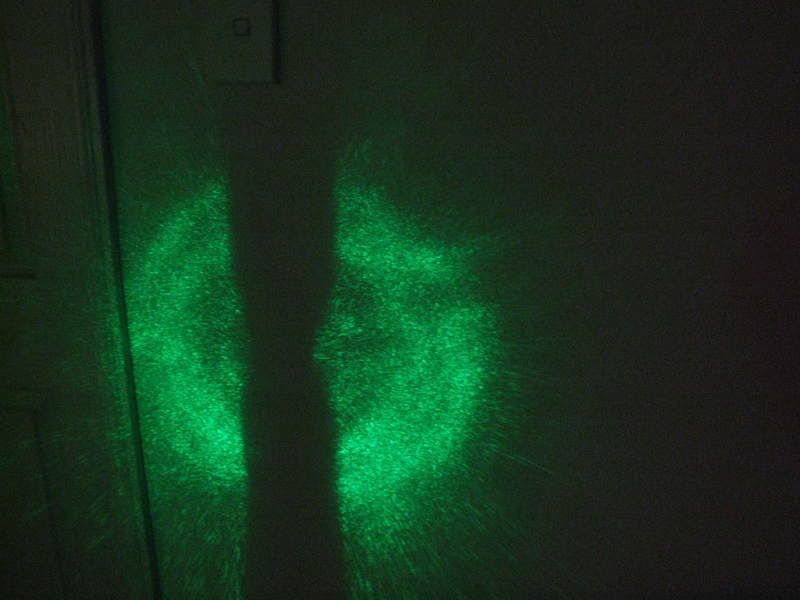Light is a wave like any other, the only diference between it and waves like waterwaves and soundwaves is that its wavelength is just under a micron. Sound is about 1m and shorter in air, with the low frequency being around the 1m mark.
All waves will diffract (bend) around an object, the level of diffraction depending on the wavelength of the wave and the size of the object it is passing. Take sound for example. The average doorway is around 1m accross. Low frequency sound is about 1m wavelength. The low frequency sound is therefore able to bend through the doorway and fill the space beyond it whilst the high frequency sound casts a shadow. You can hear it easily if you stand in line with the doorway, but move to the sides and it drops off quickly. This is why you hear low frequency sounds before you hear high frequency.
You can achieve the same with light, just that your object generally has to be quite small for any noticable effect. For a matchstick, the process is straight edge diffraction, also called knife edge diffraction. h t t p : / / w w w.oberlin.edu/physics/catalog/demonstrations/optics/knifeedge.html
Notice on the picture on that site that there is the large amount of light to the right. This is the laser that was not blocked by the razorblade. To the left is the "bent" waves that have interfered to produce the pattern seen. With a matchstick, this happens for both edges if the laser beam is wide enough and the interference adds for both sides. Because of this, you can get light where you do not expect it...in the middle of the shadow.
It could however be a defect in the match that allows part of the light through, or the match could jus be transparent enough.
Edit: Seeming that you posted pics just before i submitted my post, it looks as if it is more that the laserlight is just passing through match, not that it is diffracting. You should be able to check this by looking at the oposite side of the match. If you can see the light coming through, then it is just transparency. Diffraction is not going to effect the back of the match.




